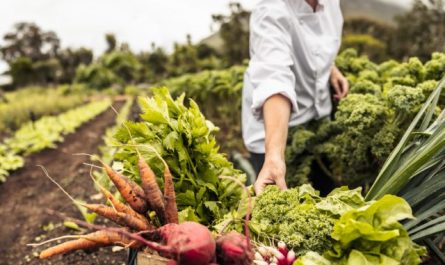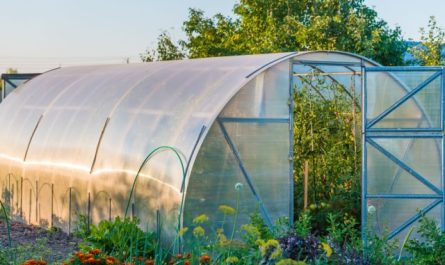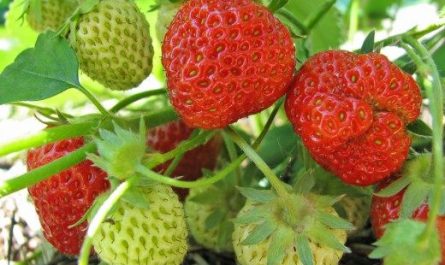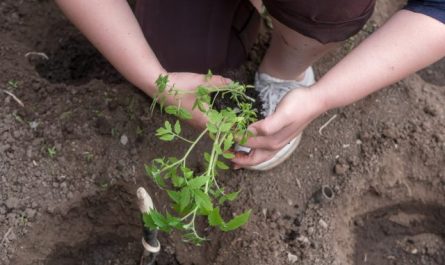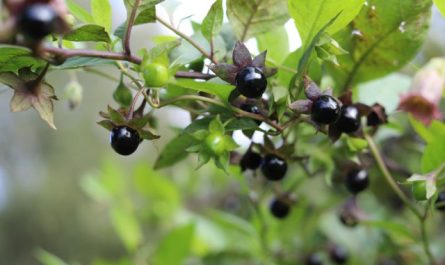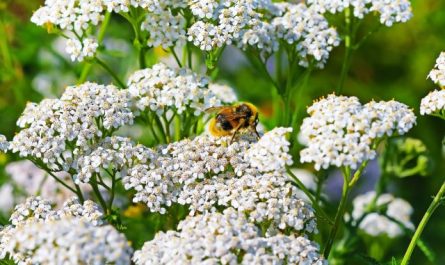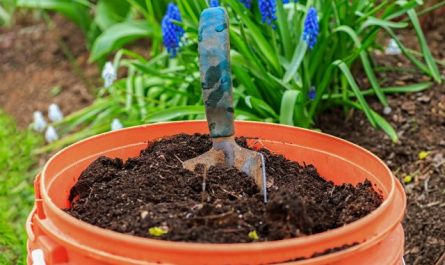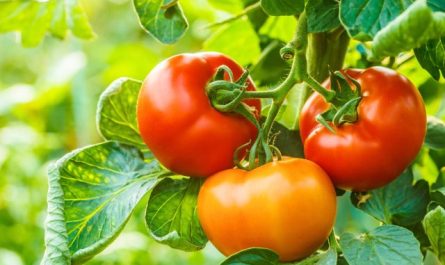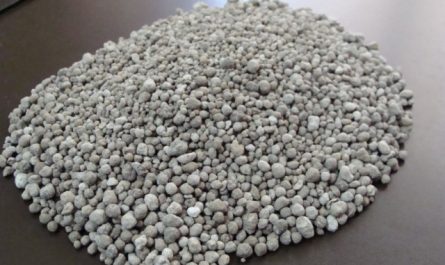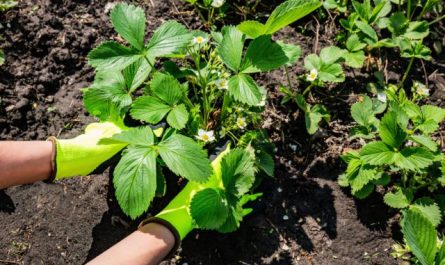Artichoke is a perennial plant. It has long, taproots and large pinnately dissected leaves. Green or grayish-green leaves are often thorned. Artichoke stems are weakly branched, ending in inflorescences of spherical, flat-round, oval or conical shape. Inflorescences consist of numerous yellow tubes and blue flowers.

This wonderful dietary vegetable is little known to domestic gardeners. But from its homeland – Southern Europe – the artichoke was brought to Russia by order of Peter I.
In artichokes, the fleshy receptacle of unopened inflorescences is used as food (baskets) and thickened bases of scales of the lower rows of wrapper. Salads are prepared from raw and canned artichokes, boiled artichokes are eaten with sauces. The lower part of the artichoke pulp is a valuable dietary product.
Useful properties of artichoke
Research has shown that artichoke inflorescences contain protein, carbohydrates, carotene, inulin (a starch and sugar substitute for diabetics), and a large amount of vitamins – thiamine, riboflavin, and ascorbic acid.
In recent years, many countries around the world have been making various medicinal preparations from artichoke leaves. Their diuretic, choleretic and hypocholesterolemic effects have been confirmed. Due to the presence of cynarin, the plant is useful for the elderly and those suffering from atherosclerosis (when consumed, an improvement in well-being and a decrease in cholesterol is noted).
Artichoke preparations are used to treat jaundice (especially in children), cholelithiasis, hepatitis, endarteritis, and atherosclerosis. There is information about the successful use of its preparations to treat allergies (urticaria, serum sickness, etc.), a number of forms of psoriasis and eczema. Artichoke is indicated in the pre- and postoperative period for patients who have undergone liver and kidney surgery.
Artichokes have been cultivated for over 5 years as a food and medicinal plant. The ancient Greeks and Romans valued them above all other vegetables. It was believed that eating artichokes softens the smell of sweat, promotes pleasant breathing, and the juice squeezed from the plant before flowering strengthens thinning hair.

Growing and propagating artichoke
Artichoke is a heat-loving plant, it can only withstand light frosts. Therefore, as a perennial crop, it can only be grown in the southern regions of the country. But even there, for the winter, it is covered with humus or peat (a layer of 1-2 cm), having previously cut off the shoots.
In central Russia, artichokes are grown as an annual and, less often, as a biennial crop (in the latter case, they are covered for the winter with pine needles, manure, peat or humus with a layer of at least 3 cm, and then with snow).
It is best to allocate fertile, well-fertilized soil with a deep arable layer (25-35 cm) of medium loamy soil with a permeable subsoil layer for artichokes. After all, artichokes do not tolerate excessive moisture – the roots rot. They love a well-lit, warm, wind-protected plot of land with a southern slope.
Before spring planting of vegetables, 8 to 10 kg/m are added to the soil2 manure, then the area is dug to a depth of at least 25 cm. Also applied at the rate of 1 m2 80-100 g of urea, 70-80 g of superphosphate and 50-60 g of potassium chloride.
Artichokes are grown by sowing seeds in the ground (in the south), using seedlings and vegetatively – in more northern places.
With the seedling method It is necessary to germinate the seeds in damp gauze or fabric (place them in the middle of two layers) at a temperature of +20… +25 °C already at the end of February – beginning of March. When the seeds hatch (usually in a week) and begin to germinate, transfer them to a glacier (refrigerator) for 25-30 days and keep them there at a temperature of 0 to +2 °C. When small sprouts (1-1,5 cm) appear, the seeds are sown in a box filled with peat or a mixture of equal parts of humus, turf soil and sand.
At temperatures above +20 °C, the first true leaf will appear in 10-12 days. After that, the temperature is reduced to +12… +14 °C so that the sprouts do not stretch out too much. The seedlings are planted in peat-humus or peat pots with a diameter of at least 6 cm.
In mid-May, seedlings are planted in the ground at a distance of 70×70 cm. With good care – loosening, weeding, watering – the plants can reach 1,5-2 m in height in the first year.

With the vegetative method For reproduction, powerful plants are dug up in the fall, placed in a box, lightly sprinkled with dry peat or humus and placed in a basement or cellar. At the end of April – the first half of May, the emerging shoots are carefully cut off together with part of the rhizome and planted in large pots for rooting in indoor conditions. After 20-25 days, the plants are planted in a permanent place.
With the seedling method, the harvest is collected in September. And this is done before the artichoke has finished blooming. With vegetative propagation, the first harvest is obtained in mid-July.

Eating Artichoke
There are more than a hundred known species of this plant, but only about 40 have nutritional value.
Artichokes are harvested at different stages of ripening:
Very young artichokes, which are the size of a chicken egg or smaller, can be eaten whole, raw or semi-raw.
Small and medium artichokes They are also used for canning and pickling (with sea water or olive oil with the addition of various herbs).
Large artichokes (the size of a large orange) are eaten only when boiled, and only partially (before boiling, the hard ends of the leaves are cut off and the hard hairs in the very center are removed).
Open, tough artichokes with browned leaves are no longer suitable for consumption.
In cooking, mostly fresh artichokes are used; they can be stored for a week, but they begin to lose their aroma immediately after cutting.
Artichokes are used in a variety of ways – they are served as a separate dish, as a side dish, they are used to make salads and pizzas, they are also added to pastas, stews and pies. Even desserts and bread are prepared with artichokes. Artichokes are served both hot and cold.
The boiled large fleshy receptacle and the tender fleshy ends of the scales of the outer wrapper of the inflorescence are used as food. The inflorescences are also boiled in salted water before use, after which the tubular flowers are removed. The artichoke is eaten with butter and sauce. The sauce is prepared to taste from vegetable oil, vinegar and garlic.
Grow artichokes, you won’t regret it!

